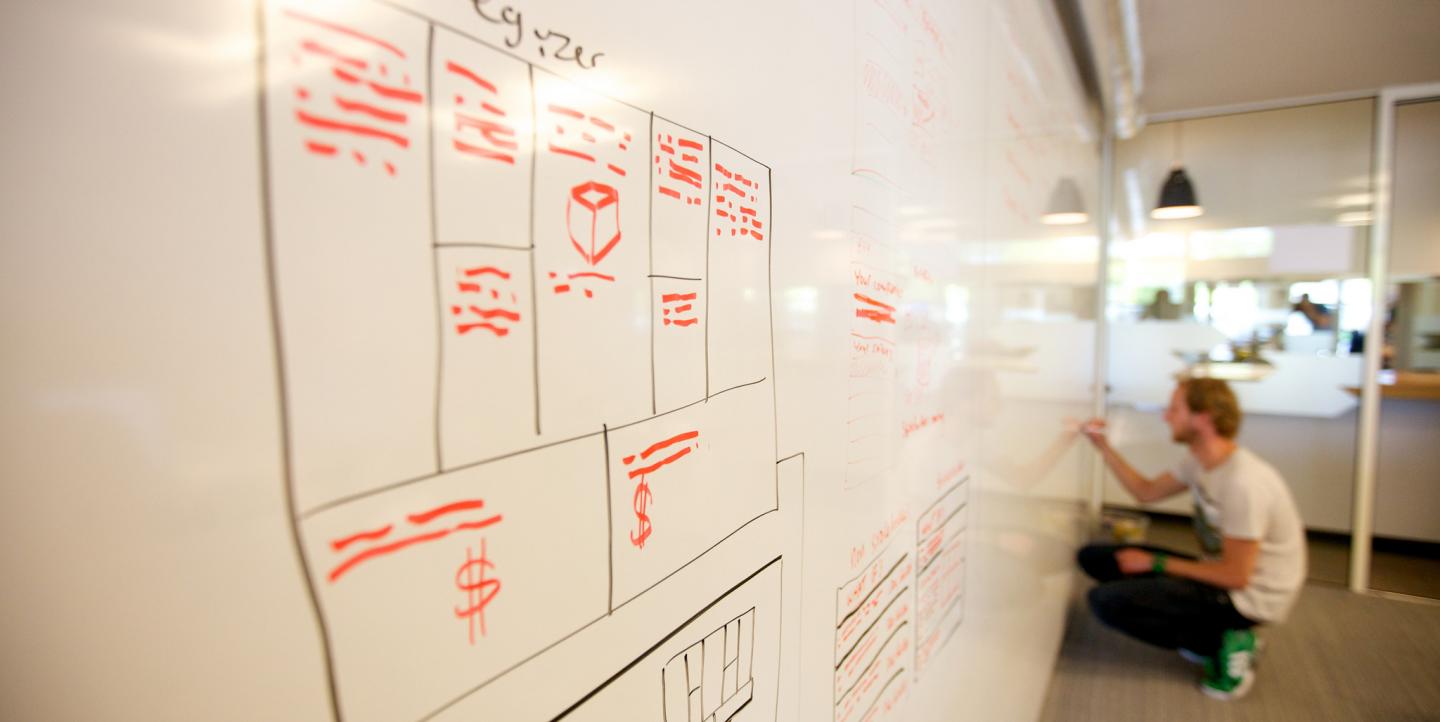One hundred fifteen teams presented proposals for the first Latin American media accelerator, Media Factory. After five months of interviews, 18 finalists remained.
Just three were chosen to receive expert mentoring and funding from North Base Media, Nxtp.Labs, the Media Development Investment Fund and Media Factory, with the support of the International Center for Journalists. The three selected teams were Ecuador’s Gkillcity, Argentina’s Elmeme.me, and Venezuela’s El Cambur, known as the “media of the center.”
It’s about the model. As journalists, we know content. But when embarking on a venture, we have to think about business sustainability too. It’s not sufficient anymore to rely on advertisements to sustain a media outlet. You have to think of other options. And you have to consider those options from the very beginning, as they will affect everything--from the way you work to how much content you’ll have to produce and how.
Minimum viable product. Perfection can be the enemy. Before you develop a perfect product, test interest in the idea. In the digital world, trying is cheaper. Create a landing page for your idea, invite people to register and learn about it. Is there interest in the idea? Do people like it? Did they comment? Then, yes, launch.
Conversion. It's not just a matter of marketing or knowing an audience. Good journalism should pay attention to what users do on the web: register with an email, click “I like,” comment or share. These are all measurable and show connection with readers. They should be in the DNA of a digital journalism project. The content must be designed so that this conversion occurs.
Fail fast. Be open to constant change. Above all, this is an attitude. When you’re an experienced professional with established ideas about things, the ability to fail has be learned.
Listen to your audience. Look at what the traffic of your network says: Number of visits, where visitors come from, exit pages, most popular articles, etc. Look carefully and respond accordingly.
Journalism is better as a trio. Not just any trio, but that of designer, developer and journalist. That’s how to do the best digital journalism: with a designer that knows how to tell stories visually, a developer that knows how to use available data and a journalist that can interpret and connect the facts.
Learn from others. Often journalists are lone wolves; we have our sources, our contacts and our truths. Thus, one of the major lessons of the Media Factory is to learn from others, from the competition, from those you want to emulate.
Ask for help. Today, readers can be more than just readers. They can be partners and project participants. Not all will be, but when you find those who are willing to collaborate, ask them for input, to correct you, to seek out the truth of your data. Two great examples:
La Nación in Argentina asked its audience to help identify relevant information from PDFs.
ProPublica in the United States invited its readers to help identify how much money pharmaceutical companies spent on doctors.
When you ask for advice, you may receive money. And when you ask for money, you might get advice. (So in the next few months, I will ask for a lot of advice.) By asking for advice, you learn; it forces you to be a little more humble, and allows others to better understand the size and scope of the business you are mobilizing.
It doesn’t finish here. You want to continue to grow more relevant for your audience and as a business, while doing good journalism along the way.
We’re working towards a dream: to give a voice to the voiceless and those who dream of a unified country, built by all. That’s the mission of El Cambur, by and for those who are tired of polarization in Venezuela.
This article originally appeared on Medium in Spanish and was translated into English by Jessica Weiss. Knight International Journalism Fellow Mariano Blejman founded the Media Factory as part of his fellowship.
Image courtesy of Flickr user Sebastiaan ter Burg under a creative commons license.
Global media innovation content related to the projects and partners of the Knight Fellowships on IJNet is supported by the John S. and James L. Knight Foundation and edited by Jennifer Dorroh.

